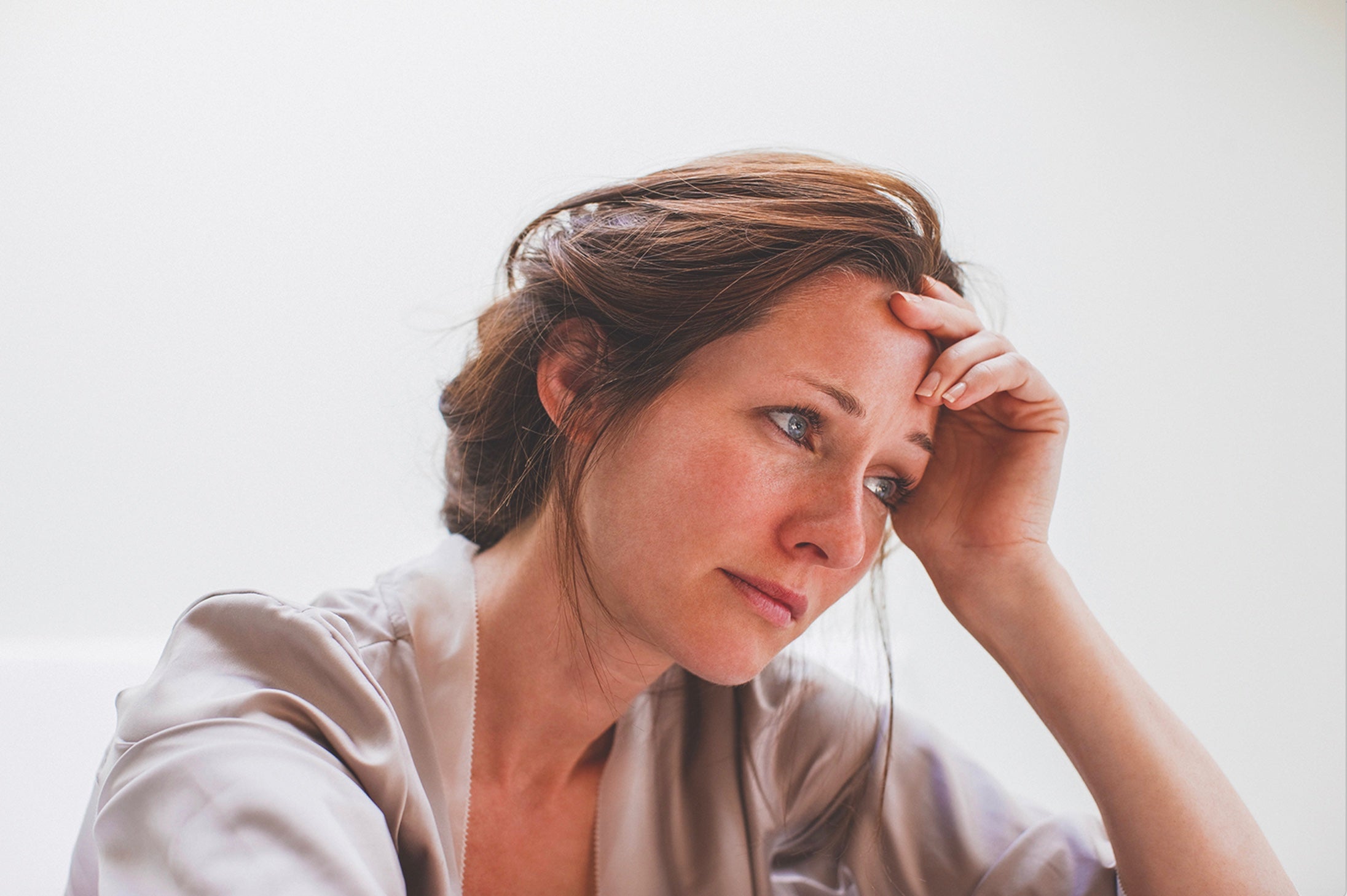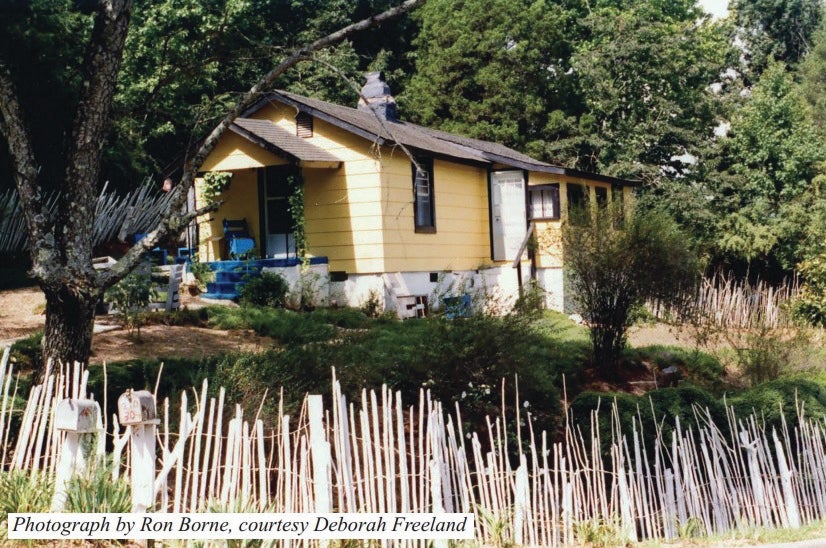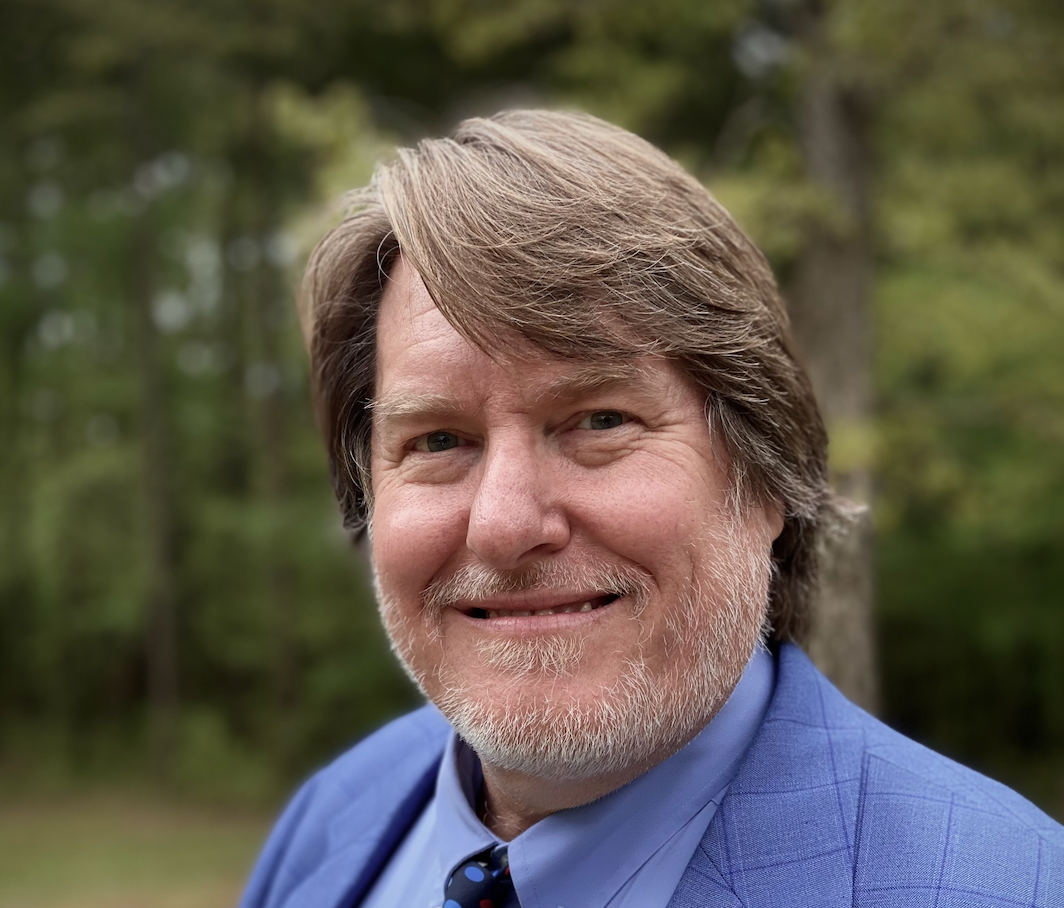Understanding and Treating SAD (Seasonal Affective Disorder)
Published 5:16 pm Thursday, January 9, 2020
Sponsored By Old Town Med
The winter months and holiday season cause joy for many people around the country, but for some, the season is not so festive.
For many people, wintertime can cause an increase in depression and anxiety, causing many to become socially withdrawn. 10 million Americans suffer from this type of depression, called Seasonal Affective Disorder, or SAD for short. Approximately 1,800 – 2,400 people in Oxford and Lafayette County are suffering from this form of depression.
According to the National Institute of Mental Health, “Seasonal Affective Disorder (SAD) is characterized by the onset of depression during winter months, when there is less natural sunlight.” SAD is sometimes referred to as a milder form of mood change called the “winter blues.”
Winter blues are caused by stress and anxiety of the holiday season, and it usually clears up quickly after the holidays are over. Though the winter blues and SAD share the same symptoms, SAD is a more serious, medically documented form of depression.
SAD is a treatable medical condition according to Laura Lindsey Hill FNP-C, Family Nurse Practitioner and President, of Ole Town Med.
Recognizing Symptoms
Symptoms that are associated with Seasonal Affective Disorder are social withdrawal, increased sleep, decreased activity, weight gain, feelings of hopelessness and sadness, thoughts of suicide, a change in appetite, a heavy feeling in the arms or legs, fatigue, difficulty concentrating and irritability.
Seasonal Affective Disorder can occur during the summer months as well, but occurs less often. Some SAD symptoms that occur during the summer months are insomnia, anxiety, restlessness and agitation.
“SAD is more common in women than men, and it usually begins in those aged 18 to 30 years old and recurs annually,” said Laura Lindsey Hill FNP-C, a certified Family Nurse Practitioner and President of Ole Town Med.
Medical Treatment for SAD
SAD can be treated in a variety of ways at home and by seeking help from a medical professional. Patients can sometimes treat SAD at home by monitoring their mood and health, planning physical activities and taking advantage of sunlight when it is available. The most important factor is seeking help sooner rather than later when symptoms arise.
“The winter months and holidays increase depression and anxiety, and it’s important to reach out for help if you’re suffering from either one to the extent that it’s affecting your daily life and relationships with others,” Hill said.
Consequences of not being treated for SAD
If you or a person you know experiences homicidal or suicidal thoughts, always seek a health care provider for help. Ole Town Med offers Primary Care to help treat patients with anxiety and depression.
Ole Town Med offers Primary care, Preventative care, Urgent care and is unique by providing personalized care for each patient. Ole Town Med accepts both appointments and walk-ins. The average wait time at Ole Town Med is 15 minutes. Ole Town Med is open seven days a week – 8 a.m. to 8 p.m. Monday through Friday, 10 a.m to 4 p.m. on Saturdays, and noon to 6 p.m. on Sundays.
For more information about Ole Town Med and its care, contact Ole Town Med at 662-234-9112 or online at http://oletownmed.com., and connect with Ole Town Med on Facebook at https://www.facebook.com/OleTownMed/.






